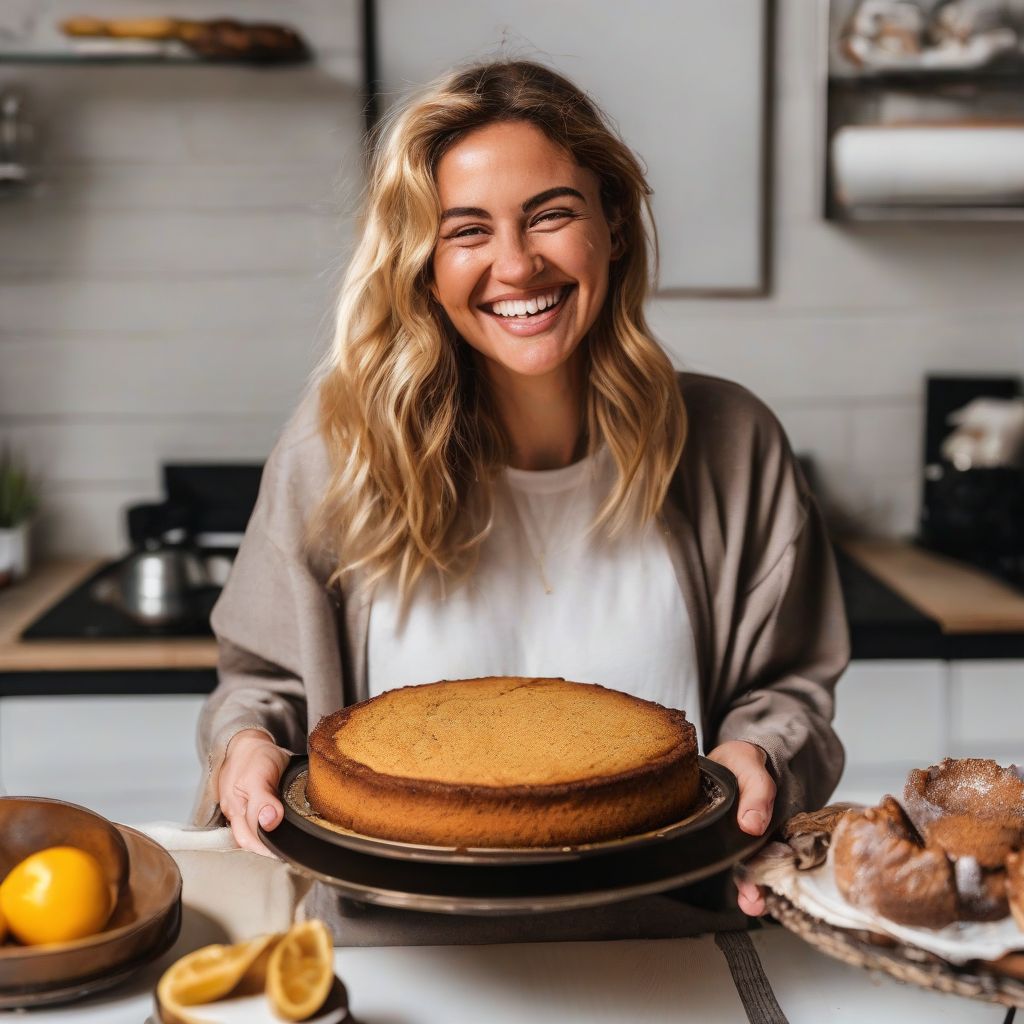Have you ever dreamed of baking a cake so tender it melts in your mouth, or a pastry so flaky it shatters into a thousand delicious pieces? Achieving the perfect texture in your cakes and pastries is an art, but it’s an art anyone can master with a little guidance. As a nutritionist and meal prepping coach, I understand the importance of both taste and texture in creating satisfying and enjoyable meals. Let’s dive into the secrets of perfect baking, turning you into a star baker among your friends and family.
Understanding the Science of Texture
Before we jump into the tips and tricks, it’s helpful to understand what creates those delightful textures we crave.
Cakes largely rely on the creation of air bubbles for their texture. These bubbles form through:
- Chemical leaveners: Baking powder and baking soda create those airy pockets in cakes, giving them a light and fluffy texture.
- Mechanical leavening: Creaming butter and sugar together, or whipping egg whites, incorporates air into the batter, which expands during baking.
Pastries, on the other hand, aim for flakiness. This delightful texture comes from:
- Layering: Creating thin layers of dough separated by fat (like butter) is key. As the pastry bakes, the water in the fat evaporates and creates steam, separating those layers and yielding a flaky result.
Tips and Tricks for Perfect Cakes
1. Start with Room Temperature Ingredients
This is a golden rule! Cold butter won’t cream properly with sugar, and cold eggs can curdle the batter, leading to dense cakes.
2. Measure Accurately
Baking is a science. Too much flour can make your cake dry and crumbly, while too little can make it dense and gummy. Invest in a kitchen scale for the most accurate measurements.
3. Don’t Overmix
Once you add the dry ingredients to the wet, mix gently until just combined. Overmixing develops gluten, resulting in a tough, chewy cake instead of a tender crumb.
4. Choose the Right Pan
Different pans conduct heat differently. Glass pans tend to bake faster, so you may need to adjust your baking time.
5. The Toothpick Test is Your Friend
Insert a toothpick into the center of the cake. If it comes out clean or with a few moist crumbs, it’s done.
 Perfect Cake
Perfect Cake
Tips and Tricks for Perfect Pastries
1. Keep Everything Cold
From the ingredients to the tools, cold temperatures are essential for flaky pastries. Cold butter will create those distinct layers, while warm butter will melt into the dough, resulting in a denser texture.
2. Use the Right Fat
Butter is the classic choice for its flavor, but shortening produces the flakiest layers due to its higher melting point. You can also use a combination of both.
3. Don’t Overwork the Dough
Handle the dough as little as possible. Overworking develops gluten, making your pastries tough instead of flaky.
4. Rest Your Dough
Chilling the dough allows the gluten to relax and the fat to solidify, preventing shrinkage during baking and promoting even layers.
5. Bake at High Heat
A hot oven creates steam quickly, which helps those layers puff up and separate beautifully.
 Flaky Pastry
Flaky Pastry
Common Baking Mistakes and How to Fix Them
Even experienced bakers encounter occasional hiccups. Here’s how to troubleshoot common texture issues:
- Dry Cake: Could be due to overbaking, overmixing, or using too much flour. Ensure accurate measurements, don’t overmix, and use the toothpick test to check for doneness. You can also try brushing the cake layers with simple syrup to add moisture.
- Dense Cake: Likely caused by underbaking, not enough leavening, or ingredients that were too cold. Double-check your oven temperature, ensure your leavening agents are fresh, and bring all ingredients to room temperature before mixing.
- Tough Pastry: Usually a sign of overworking the dough. Handle the dough as little as possible, and don’t be afraid to use a light hand when rolling.
- Soggy Pastry: Can occur from underbaking or a soggy filling. Blind-bake your crust before adding wet fillings, and make sure your oven is hot enough.
Conclusion
Achieving the perfect texture in your cakes and pastries is a matter of understanding the science behind it and following a few key techniques. Remember to use quality ingredients, measure accurately, and pay attention to temperature. Don’t be afraid to experiment and learn from your mistakes. With practice, you’ll be wowing yourself and everyone else with your baking prowess!
Now, I’d love to hear from you! What are your biggest baking challenges? Share your thoughts and questions in the comments below!
[amazon bestseller=”baking tools”]
